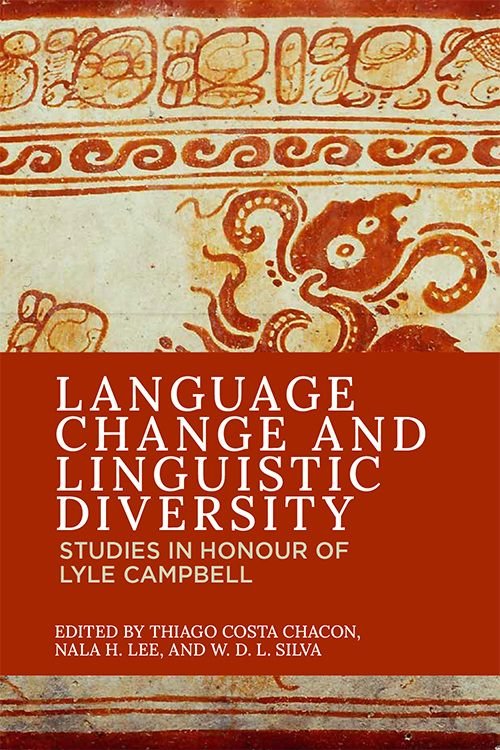LANGUAGE CHANGE AND LINGUISTIC DIVERSITY

Explores advances in the fields of language documentation, language change and historical linguistics
- 13 chapters presenting case studies of research in the fields of historical linguistics, typology, language description and documentation
- Broad geographical and theoretical scope, focusing especially on lesser known and endangered languages
- Brings together original research by well-established scholars in linguistics including Robert Blust, Amy Dahlstrom, Ives Goddard, Alice Harris and Raina Heaton
- Professor Lyle Campbell has had a long and distinguished career and his extensive work on the languages of Mesoamerica have inspired research and researchers. In this volume, contributors come together to present new data, analyses and theoretical perspectives on how understanding language change raises questions for language documentation, description and even revitalization.
Coverage ranges from the linguistic isolates Basque and Mapundungun to large families such as Tupian and Austronesian and spans a range of theoretical issues including ongoing language change, etymological opacity, word order, alignment systems and grammatical relations, language contact, onomastics and the study of pre-history. The book shows that linguistic fieldwork, when carried out and used appropriately, allows for a more consistent understanding of language change, and for a better understanding of the ethnographic record. It also explores the junctures between language change, linguistic diversity and other related fields that draw on primary linguistic fieldwork.
Edited by Thiago Costa Chacon, Nala H. Lee, W.D.L Silva
You can purchase the book here.